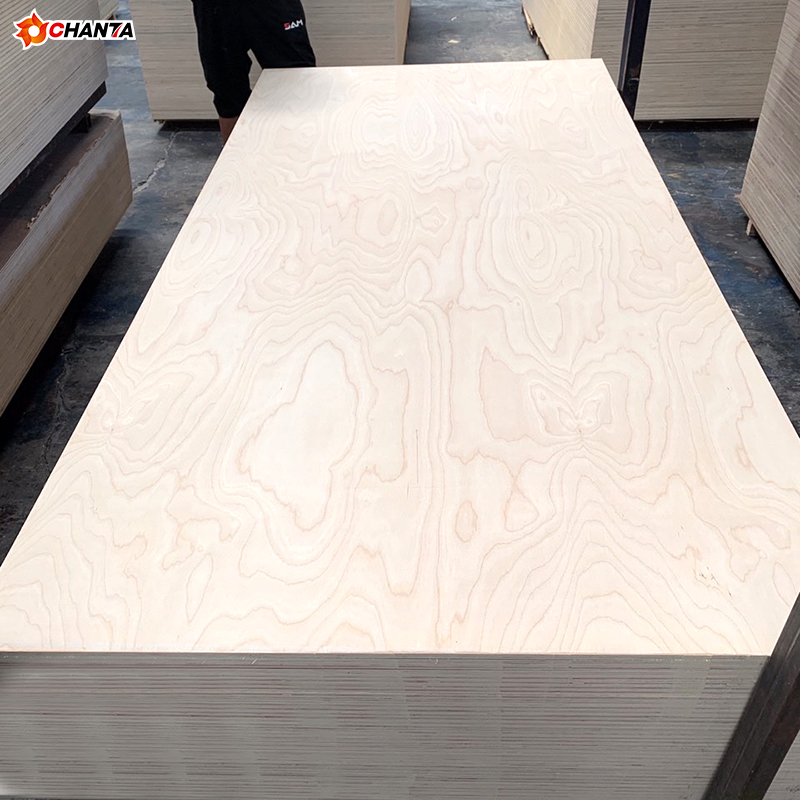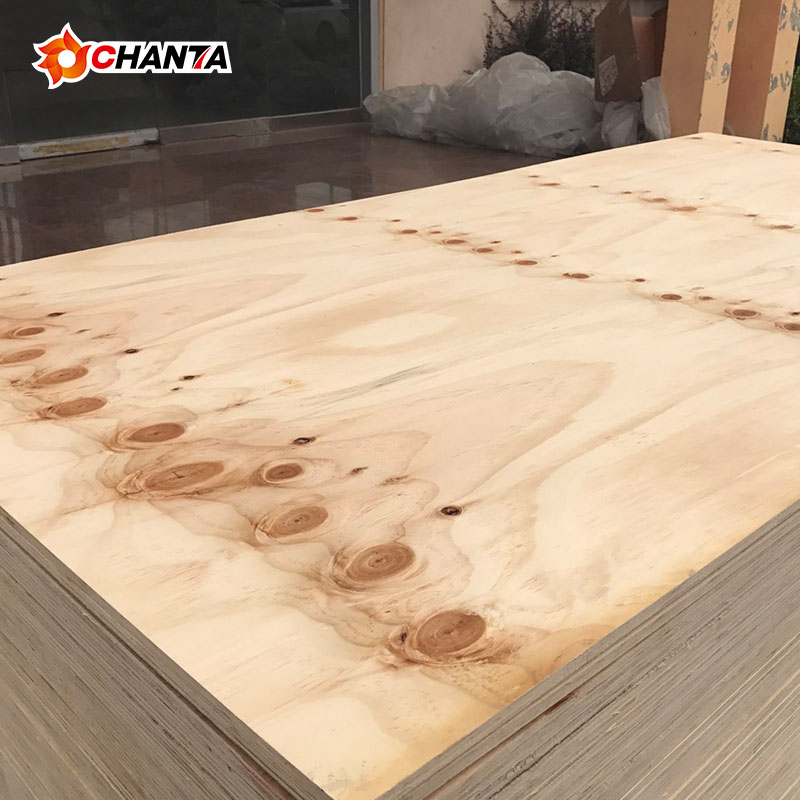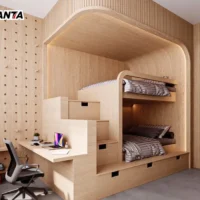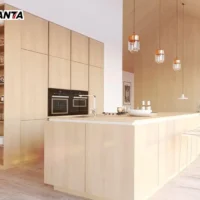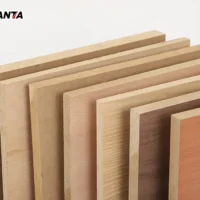commercial plywood
Commercial plywood is a versatile material widely used in construction, furniture making, and interior design. One of its most important aspects is its thickness, as different thicknesses serve specific purposes and offer varying levels of strength. Understanding the available thickness options for commercial plywood can help you make the right choice for your project.
1. Common Thickness Options for Commercial Plywood
Commercial plywood is available in various standard thicknesses, each suited for different applications. The most commonly found thicknesses include:
- 6mm: This thin plywood is lightweight and easy to work with, often used for decorative elements or cabinet backs.
- 9mm: Slightly thicker, this option provides moderate strength, ideal for paneling and some furniture applications.
- 12mm: A medium thickness, it is frequently used in cabinetry, shelving, and interior wall applications.
- 18mm: A popular choice for heavy-duty furniture and structural elements, this thickness provides excellent durability.
- 25mm: This is the thickest commonly available commercial plywood, used primarily for load-bearing structures.
Each thickness level provides a balance between strength, weight, and cost, making it essential to match the thickness to the specific needs of your project.
2. Factors That Determine the Right Thickness
Choosing the correct thickness for commercial plywood depends on a few key factors:
- Purpose of Use: For decorative or non-load-bearing elements, thinner plywood, like 6mm, is sufficient. For furniture that requires strength, such as tables and shelves, 12mm or 18mm plywood offers better support.
- Load-Bearing Requirements: For projects that need to bear weight, such as flooring or structural panels, thicker plywood, like 18mm or 25mm, is preferred. Thicker sheets provide increased rigidity and stability.
- Cost and Budget: Thicker plywood is typically more expensive due to the additional materials and strength. Choosing the right thickness can help manage costs without compromising quality.
- Ease of Handling: Thicker plywood can be heavy and challenging to cut, so consider accessibility and handling needs.
3. Common Applications Based on Thickness
Knowing the ideal applications for each plywood thickness can guide you to the right choice:
- 6mm Plywood: Best suited for lightweight applications, this thin plywood is perfect for non-structural uses. Manufacturers often use it for cabinet backs, wall paneling, and other decorative elements.
- 9mm Plywood: This thickness is frequently used for interior paneling and furniture where moderate strength is needed. It’s also ideal for making partitions and light-duty shelves.
- 12mm Plywood: Offering a balance of strength and weight, 12mm plywood is ideal for cabinets, drawers, and furniture making. This thickness is also suitable for interior wall cladding.
- 18mm Plywood: Commonly used for heavy-duty furniture, flooring, and other load-bearing applications, 18mm plywood is durable and strong. It’s frequently chosen for tabletops, shelves, and structural applications.
- 25mm Plywood: The thickest option in commercial plywood, 25mm is ideal for high-stress applications. It’s used in load-bearing structures, platforms, and any project where maximum stability is required.
4. Custom Thickness Options
In addition to standard thicknesses, specialized suppliers offer custom plywood thicknesses.
5. Tips for Selecting the Right Thickness
To ensure you select the correct plywood thickness, follow these tips:
- Assess the Project’s Needs: Determine if the plywood will be used decoratively or structurally. This will help you narrow down suitable thicknesses.
- Account for Weight and Stability: Thicker plywood adds stability but also weight, so consider this factor if the project requires mobility.
- Budget Considerations: Thicker plywood is generally more costly, so choose the right thickness without overbuilding for your needs.
Conclusion
Commercial plywood comes in a variety of thicknesses, each tailored to specific applications. From lightweight 6mm plywood for decorative uses to sturdy 25mm sheets for structural projects, the options cover a wide range of needs. By understanding these thickness options, you can make a more informed decision, ensuring your project meets both aesthetic and functional goals.










